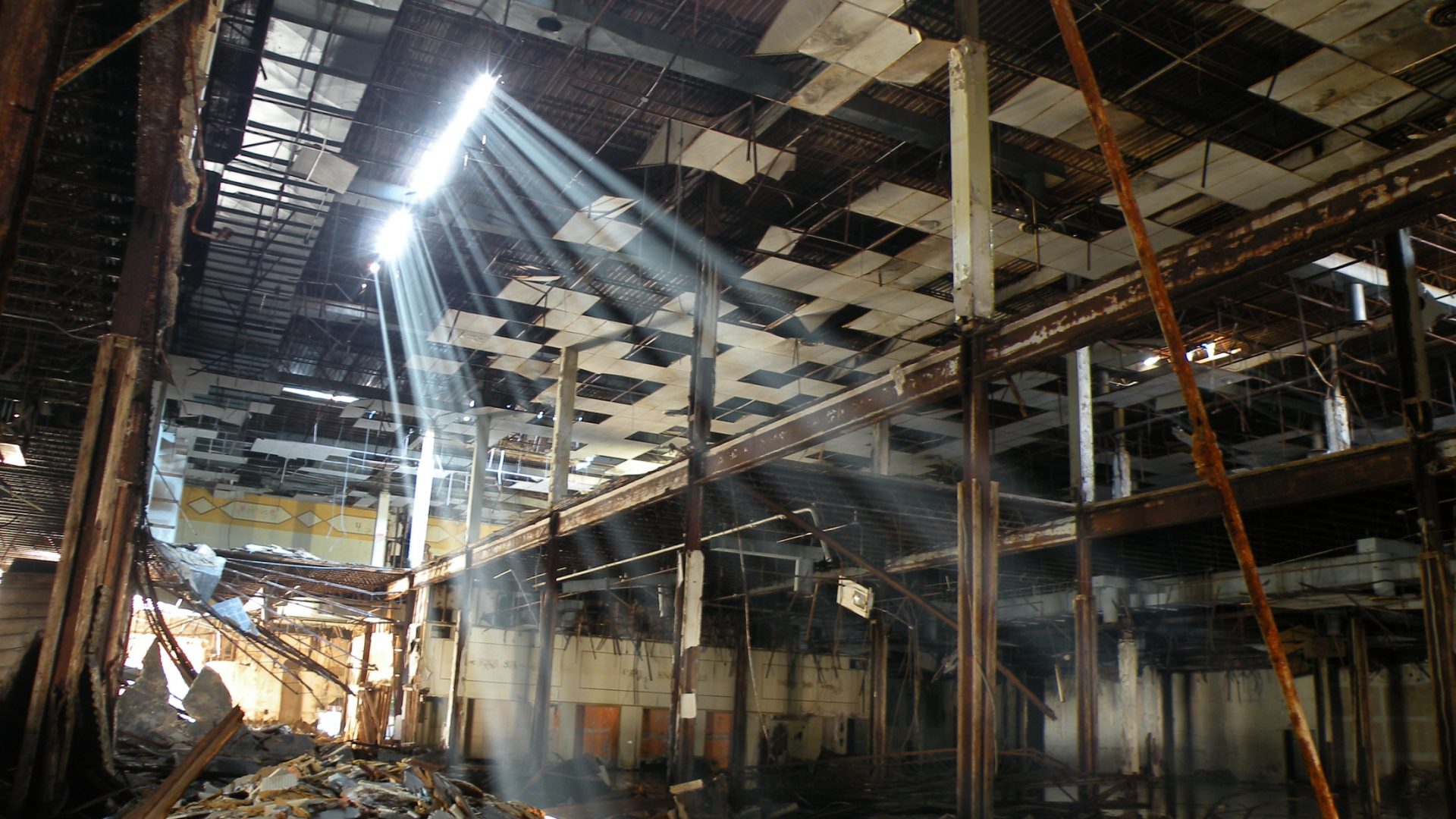| Hood(s) | Douglas; |
|---|---|
| Location | 26th Street on the north, 29th Street on the south, Martin Luther King Drive on the east, Prairie Avenue on the west |
| Lifecycle | 1950 – 1952, Construction; 1998 – 1998, Relocation of tenants; 2000 – 2001, Demolition; |
| Controlling gangs | Gangster Disciples; |
These public housing projects began construction in 1950 in the Douglas neighborhood in the heart of Bronzeville. The projects were designed by William Keck as he was the first to create the public housing design of the breezeway hallways that were later heavily adopted during the construction of the Cabrini Green high rises and other projects in Chicago. The breezeways were to give an outdoor feel as residents would walk through the halls, and because the projects were built to face the south they could be warmed by the sun’s natural solar energy.
These projects were located just south of the famous McCormick Place building and had 328 units within a 14 story high rise and 12 mid-rise and low rise row houses.
Starting in the mid-1960s these projects began experiencing a higher rate of crime and gang activity especially once the Black Gangster Disciples invaded these projects.
By the 1970s these projects began to be neglected for necessary repairs and renovations from the CHA and the buildings began to suffer deterioration as gang and drug problems became rampant.
The 1980s and the 1990s were the worst decades in these buildings as these projects now suffered severe deterioration and full of violent gang activity and transient illegal tenants. In the 1980s and into the 1990s the Chicago police and CHA police cracked down on transient tenants by rounding up people at random and interrogating them about if they lived there or not, on a positive side they swept out much of the criminal element but on the negative side they harassed many law abiding and tax paying residents that lived there which lead the residents to protest. CHA began handing out evictions of many of those that protested that further upset the community until finally the buildings were condemned by the CHA and vacated in 1998. In between 2000 and 2001 the buildings were demolished.





